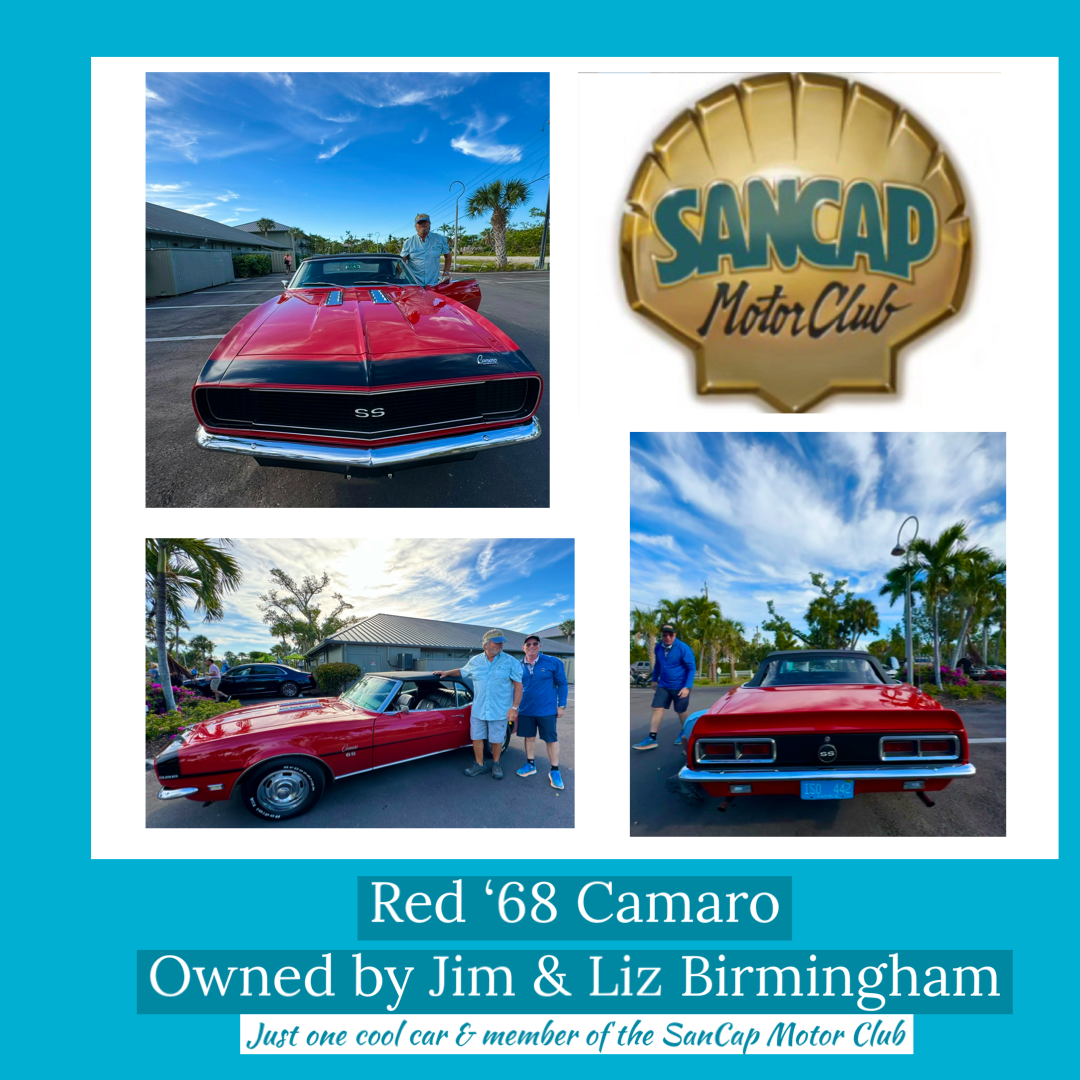 As we make decisions to support charities each year, we want our donations to be efficient and effective in terms of serving those in need. In other words, we want as much of our donation dollar to benefit the intended charity. Donor-advised funds (DAFs) are becoming an increasingly popular method of charitable giving due to ease of administration and favorable tax treatment.
As we make decisions to support charities each year, we want our donations to be efficient and effective in terms of serving those in need. In other words, we want as much of our donation dollar to benefit the intended charity. Donor-advised funds (DAFs) are becoming an increasingly popular method of charitable giving due to ease of administration and favorable tax treatment.
A DAF is essentially an investment account created for the explicit purpose of donating assets to charities where the investments are directed by a third party or a sponsor supporting respective charitable organizations. Donor-advised funds have been around since the 1990s, but their use dramatically increased following the 2017 tax-code changes. These provisions significantly increased the standard tax deduction for individuals and married couples, making it far more difficult to claim deductions for charitable giving.
DAFs can be funded with cash, marketable securities, or other assets and are eligible for immediate tax deductions based on the value donated – even if the fund doesn’t disburse the assets to charities for several years. Because these funds can include many types of assets, including unusual and illiquid items such as art or antiques, which are difficult to give to charity, those items can be monetized to increase tax-deductible donations in any given year. This gives donors more flexibility on donations. Donors can also maintain their current investment advisor to manage assets in a DAF.
Historically, Private Charitable Foundations (PCFs) have been used by families with charitable aspirations to channel assets and earnings to qualifying 501(c)(3) organizations. While PCFs have greater administrative control over assets, distributions and grants, they are relatively cumbersome to form and expensive to maintain. Private foundations are responsible for documenting their own governance as well as filing annual federal tax returns. DAFs, conversely, require neither and can be set-up in a matter of days. In addition, DAFs are more tax efficient and private in terms of anonymity compared to PCFs. DAFs do not require disclosure of “public” information included in tax returns. Private foundations are required to distribute 5% of net asset value on an annual basis. DAFs have no annual distribution requirement and are not subject to excise tax on net income. Assets invested in a DAF can appreciate tax-free. Favorable market conditions coupled with a lack of mandatory distributions can make DAFs an appropriate vehicle to facilitate asset growth before distributions are made to charities.
While DAFs offer efficiency and flexibility, there are notable restrictions. Donor control is a primary distinction between DAFs and PCFs. When donors make contributions to DAFs, they are gifting assets irrevocably to a qualifying charity. Once gifted, the sponsoring charity cannot return the assets to the donor. By definition, donors have only advisory privileges to grant the assets in their DAF, and the charitable sponsor has the authority to approve or deny their recommendations. PCFs allow donors to control grants and distributions to qualified charities.
The charitable sponsor’s policies dictate how the DAF will succeed the donor. Some allow the donors to advise for only one generation, thereby passing the control of the DAF to the sponsoring charity after the death of the original donor. It is not uncommon for the sponsor to permit donors to appoint “Legacy” successors who receive the full advisory privileges on the original donor’s death, allowing the DAF to exist in perpetuity. In such cases succession of a DAF is similar to a PCF, allowing generational involvement to maintain a family’s giving legacy. Existing PCFs can also be converted into DAFs.
If a family or an organization has generational charitable goals, DAFs can be a very effective method of giving and should be among the charitable donation options you consider. As with any financial decision with tax implications we encourage you to consult your financial and tax professionals.
LEGAL, INVESTMENT AND TAX NOTICE: This information is not intended to be and should not be treated as legal advice, investment advice or tax advice. Readers, including professionals, should under no circumstances rely upon this information as a substitute for their own research or for obtaining specific legal or tax advice from their own counsel. Not FDIC Insured | No Guarantee | May Lose Value
IRS CIRCULAR 230 NOTICE: To the extent that this message or any attachment concerns tax matters, it is not intended to be used and cannot be used by a taxpayer for the purpose of avoiding penalties that may be imposed by law.
The Sanibel Captiva Trust Company is an independent trust company with more than $3.5 billion in assets under management that provides family office and wealth management services, including investment management, trust administration and financial counsel to high-net-worth individuals, families, businesses, foundations and endowments. Founded in 2001 as a state-chartered independent trust company, the firm is focused on wealth management services that are absolute-return oriented and performance driven. Each portfolio is separately managed and customized specifically to the client’s yield and cash-flow requirements. The Naples Trust Company and The Tampa Bay Trust Company are divisions of The Sanibel Captiva Trust Company. Offices in Sanibel-Captiva, Naples, Marco Island, Tampa, Belleair Bluffs-Clearwater and Tarpon Springs. www.sancaptrustco.com





